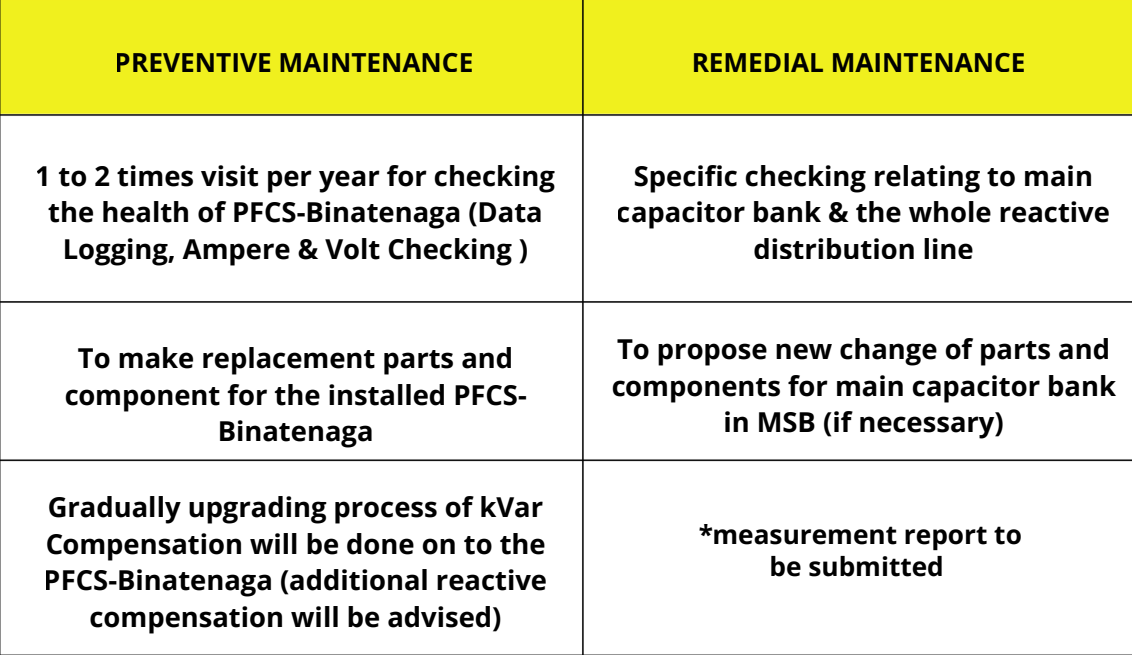+607 509 5995
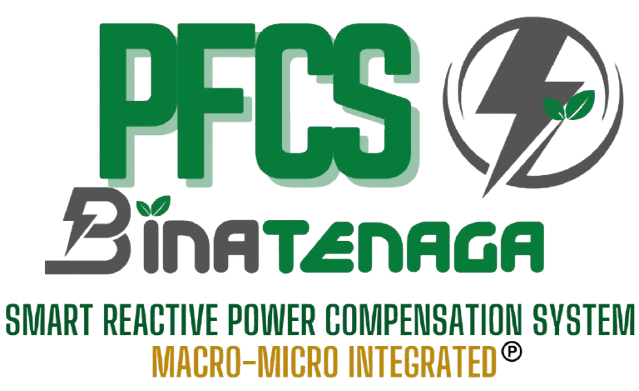
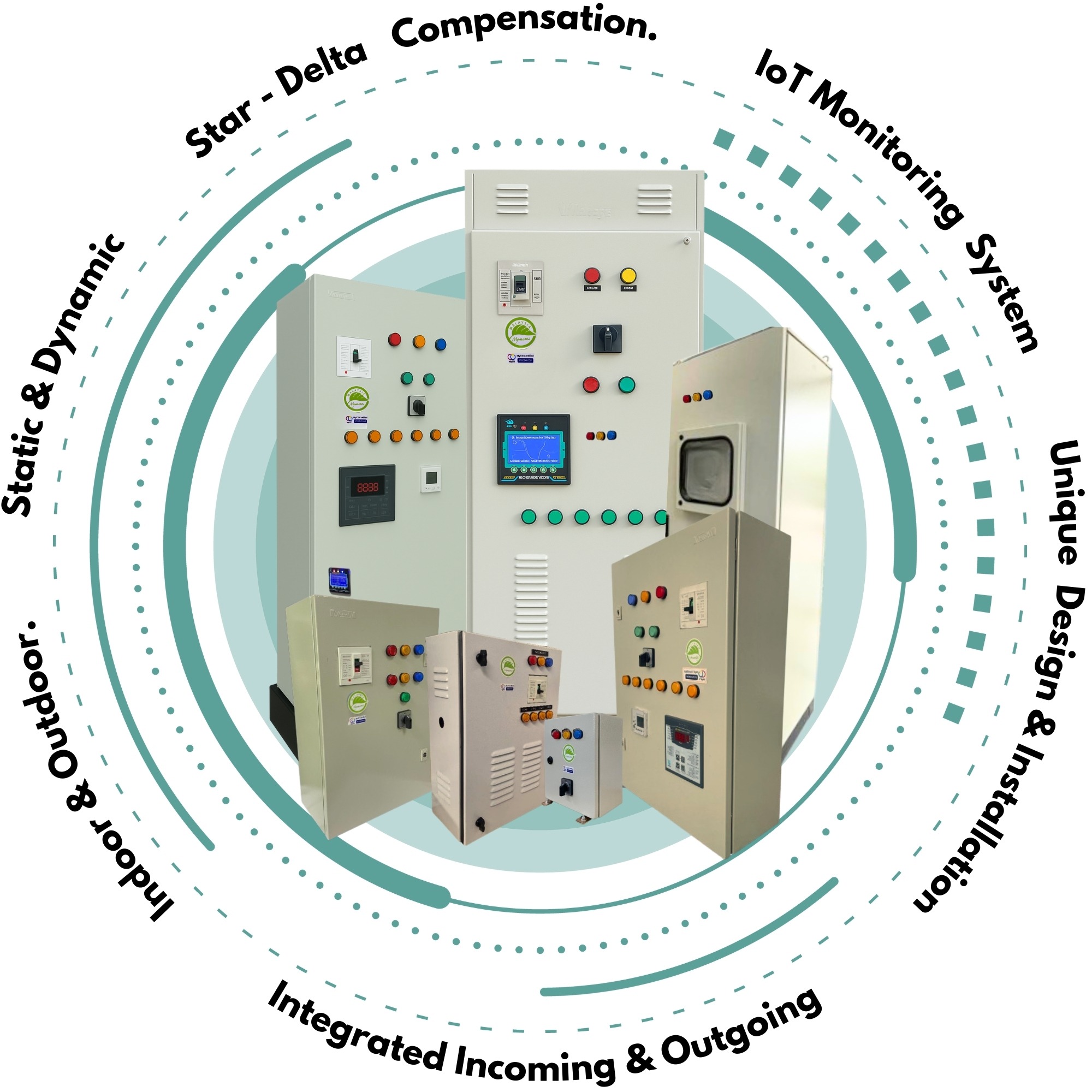
Projects Nationwide
Power Optimized
Years of Expertise
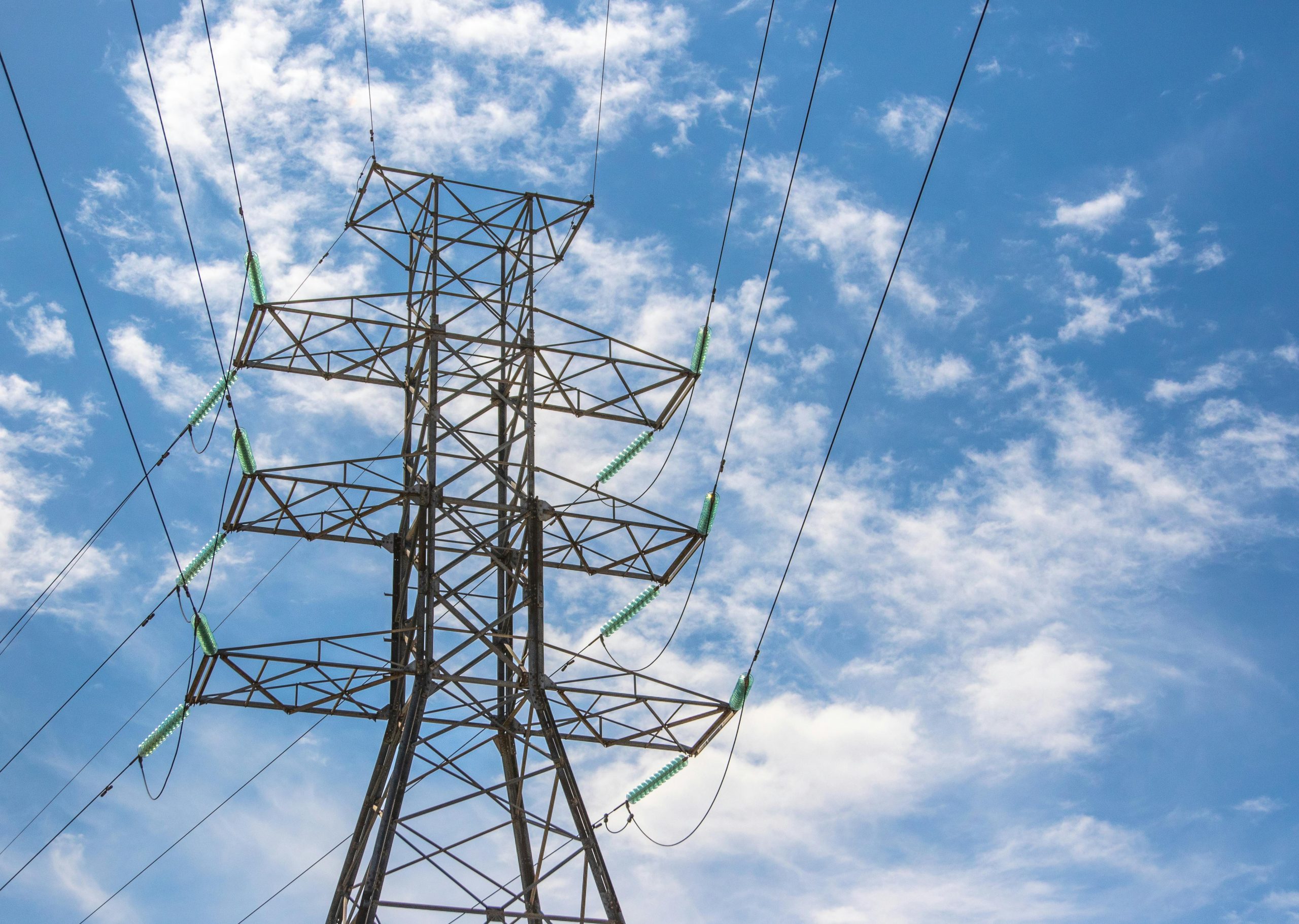
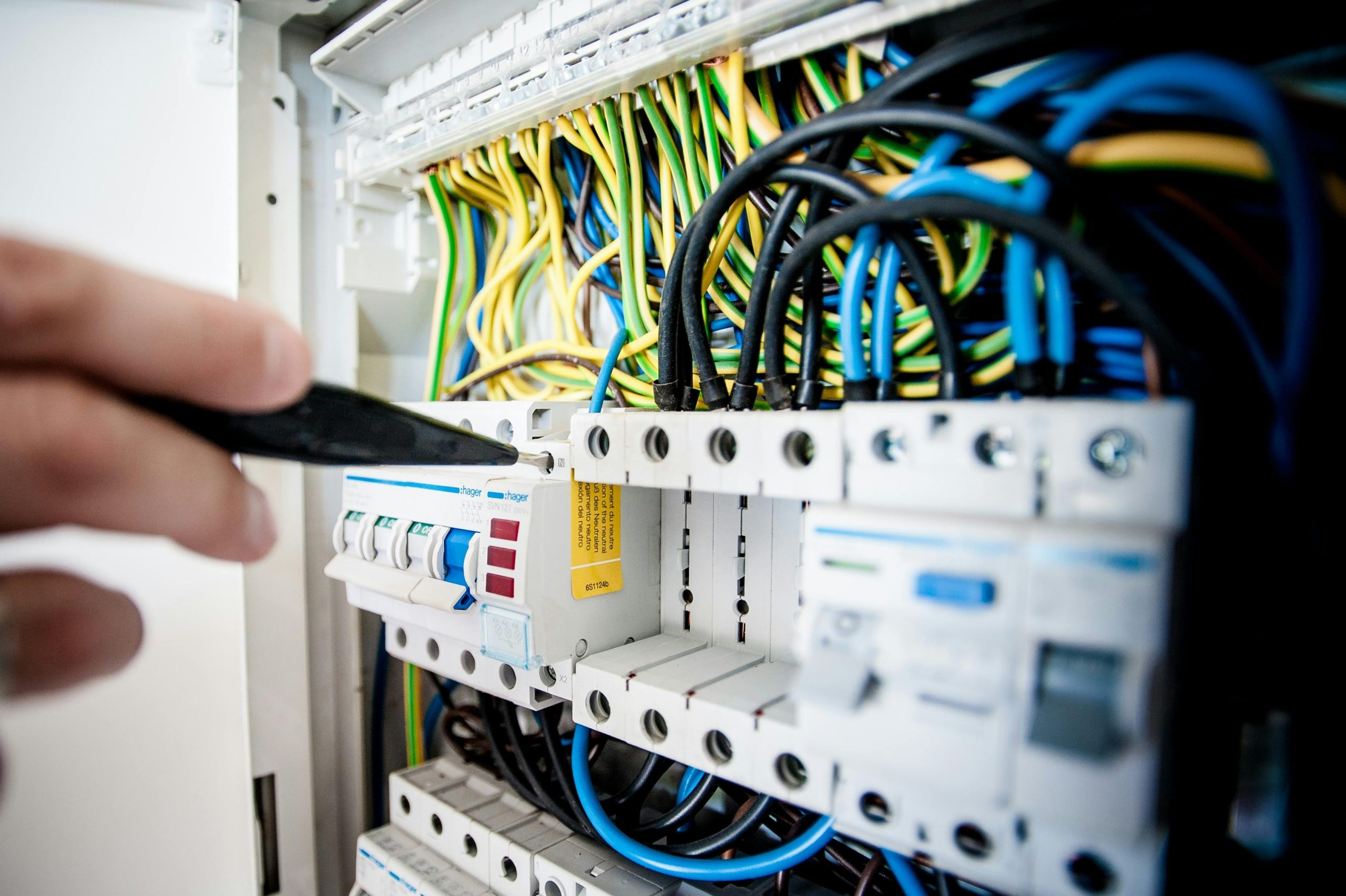
Smarter energy. Sustainable performance. Proven results.
PFCS-Binatenaga dynamically compensates reactive power in real-time, improving system efficiency and reducing losses.
Lower your electricity bills by eliminating power-factor penalties and optimizing overall energy consumption.
Built with industrial-grade components ensuring stability, longevity, and minimal maintenance costs.
Track real-time performance through IoT dashboards to maximize ROI and predictive maintenance.
Enhance your sustainability strategy with reduced carbon footprint and improved energy utilization.
Backed by 16 + years of experience in energy optimization with nationwide project success stories.
Empowering Malaysian businesses to invest in sustainable, energy-efficient technology.
The GTFS is a special financing scheme introduced by the Government offering a 2% p.a. interest / profit rate subsidy for the first seven years and a 60% government guarantee financial cost to support the development of green technology in Malaysia.
Application of Green Technology in power generation and in the energy supply-side management, including co-generation by the industrial and commercial sectors.
Project eligibility details:
GTFS Energy Sector Criteria
Register and apply:
GTFS Applicant Portal
Certified Green Financing for a Cleaner Future



Bina Tenaga Energy Sdn Bhd proudly participated as an exhibitor at NICE 2025, held at the World Trade Centre Kuala Lumpur. During the event, the company also took part in a special pitching session with Infineon Technologies, Pitch In, and VentureRock, showcasing its **Power Factor Correction Solutions (PFCS-LCE)* and innovation-driven approach towards energy efficiency and sustainable technology.
Bina Tenaga Energy participated in the Rumah Ibadah Hijau program held at Masjid Tengku Mahkota Tengku Hassanal Ibrahim Alam Shah, Temerloh, Pahang. The initiative supported energy efficiency awareness and green practices in religious institutions, demonstrating the company’s commitment to community-based sustainability projects.
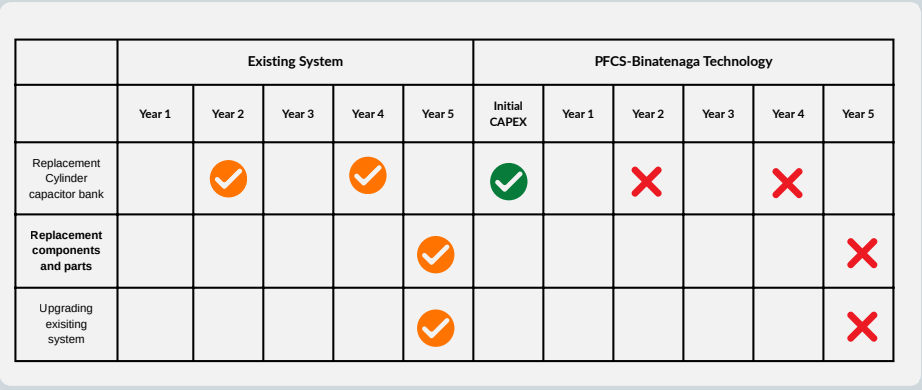
Impact
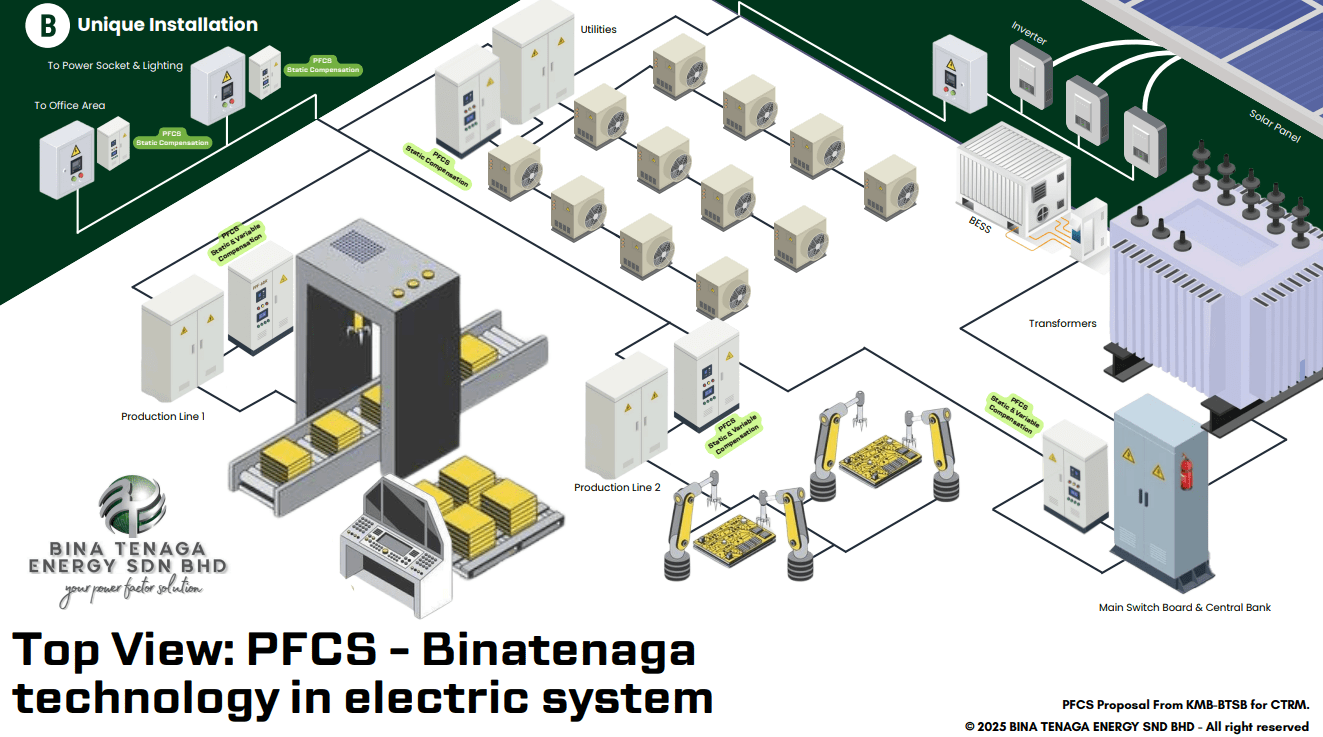
Reliability
Scalability
The 72kWp power assessment will not only address power factor issues but also anticipate and mitigate potential high fault levels (HFL) and voltage fluctuations.
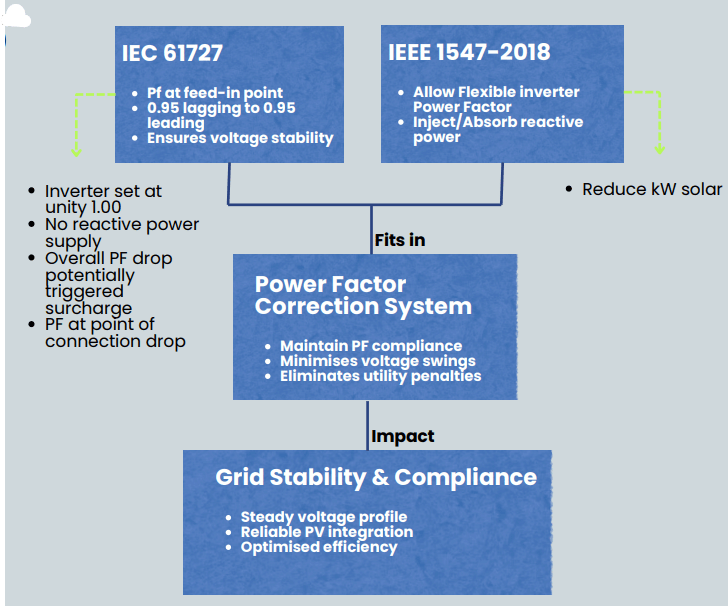
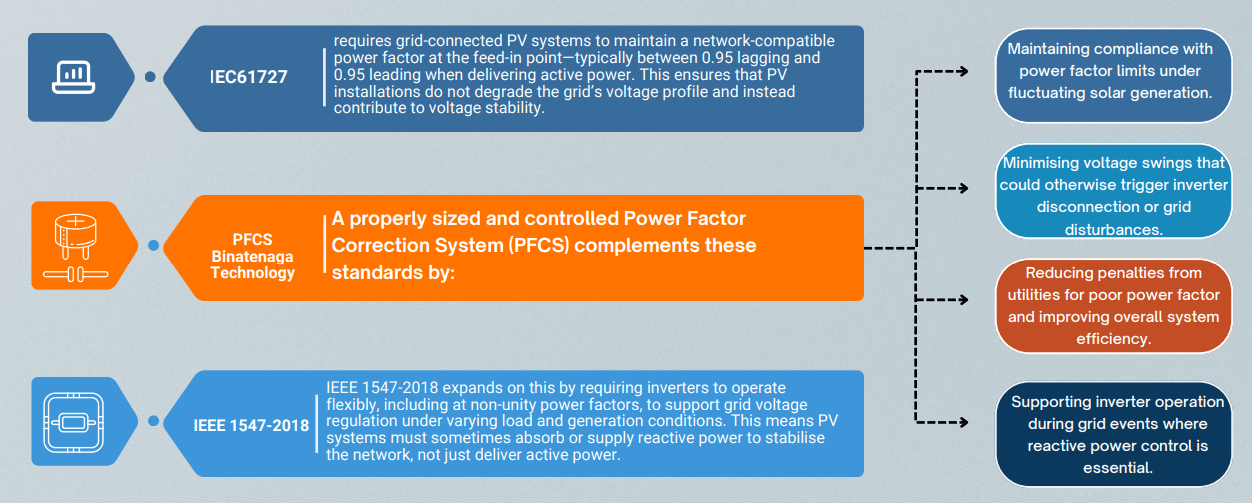
SUMMARY:
IEC 61727 sets the baseline for acceptable PV system power factor,
IEEE 1547-2018 adds the flexibility for grid support,
and a PFCS ensures both compliance and stability in real-world condition.
Local & International
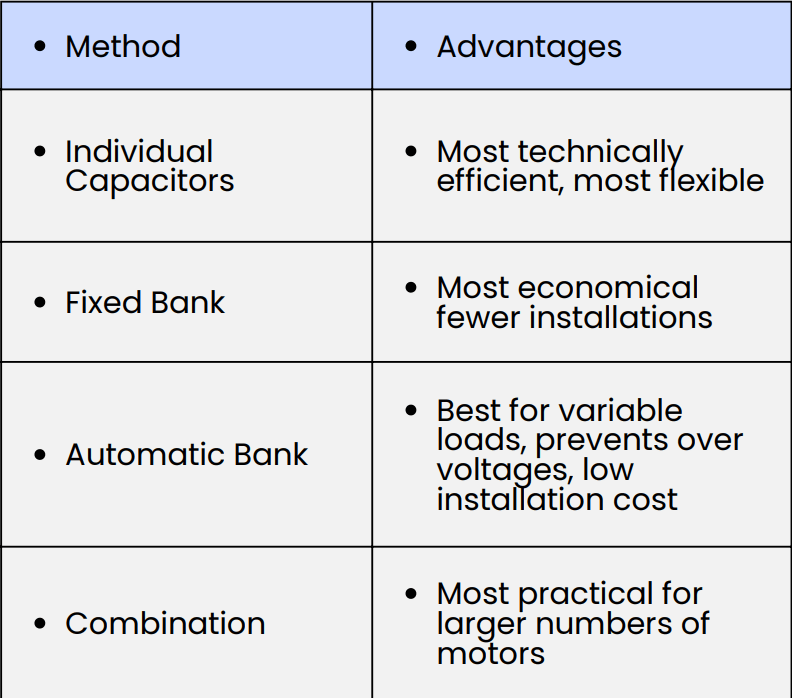
OPEX – Operating expanditure for machinery and other inductance equipment
CAPEX – Investment made to acquire or upgrade fixed, physical or asset to maintain optimum level operation
